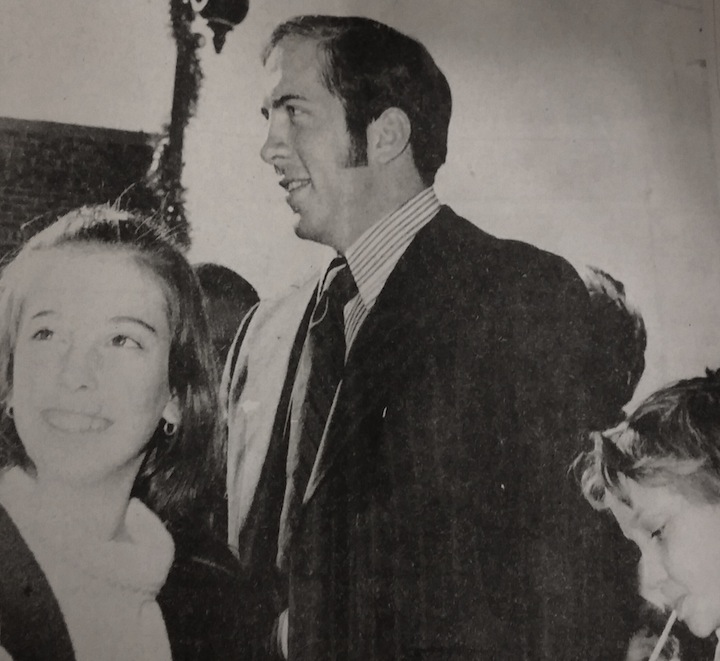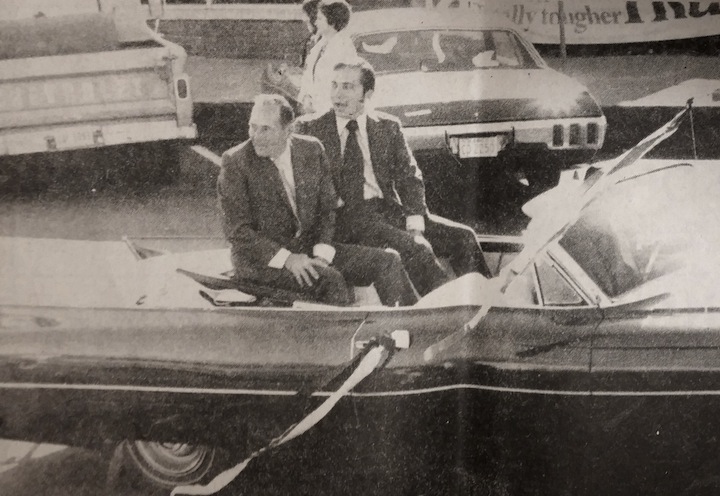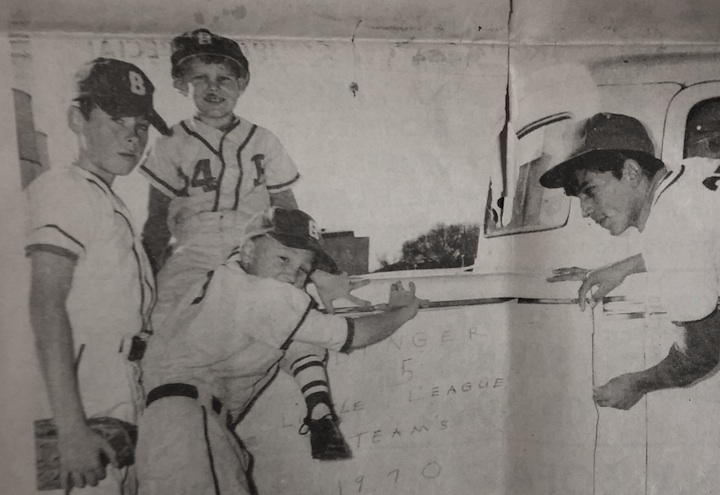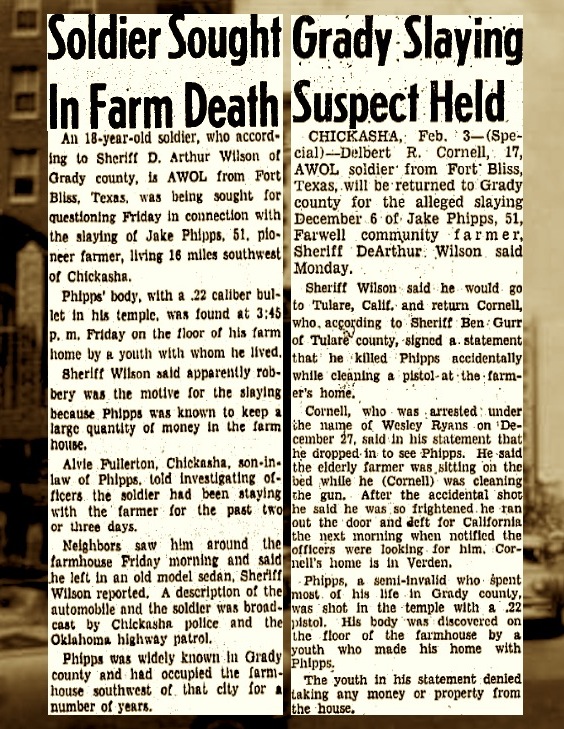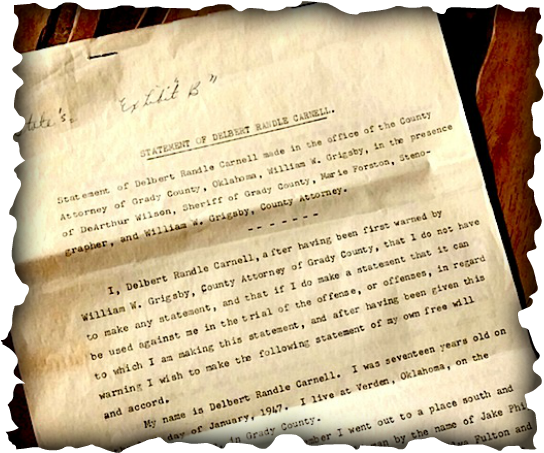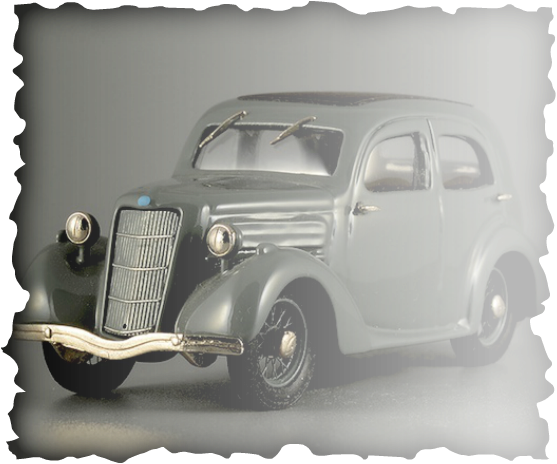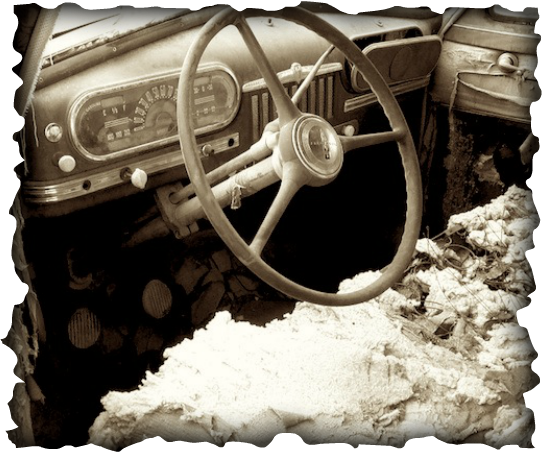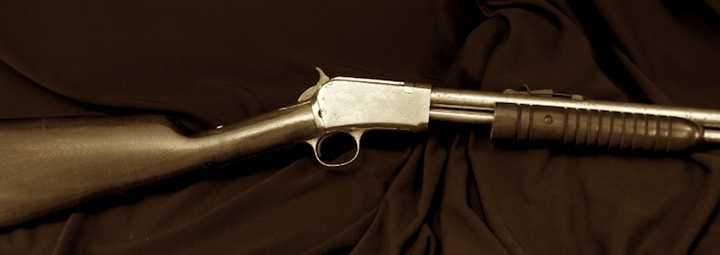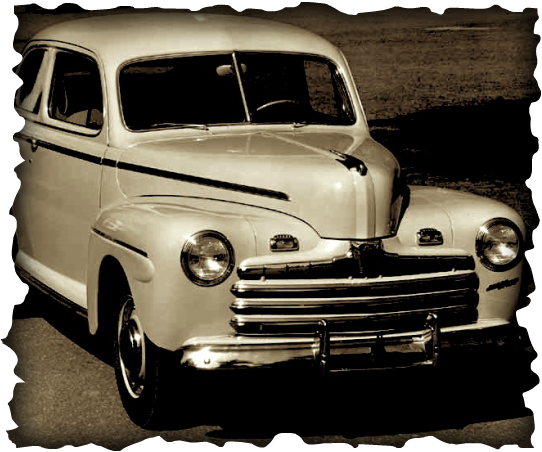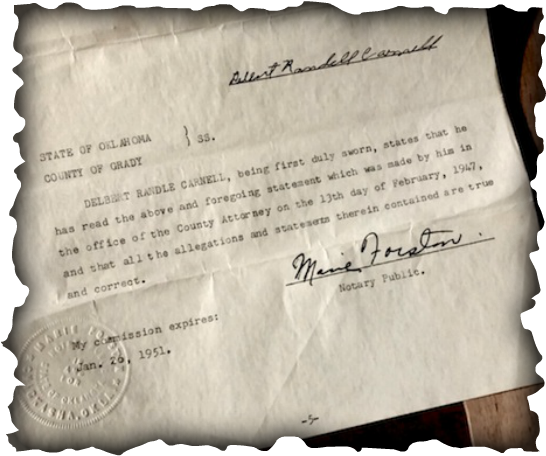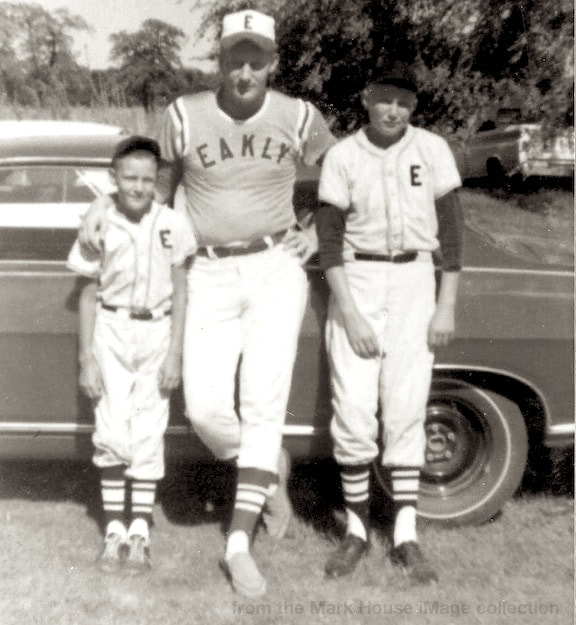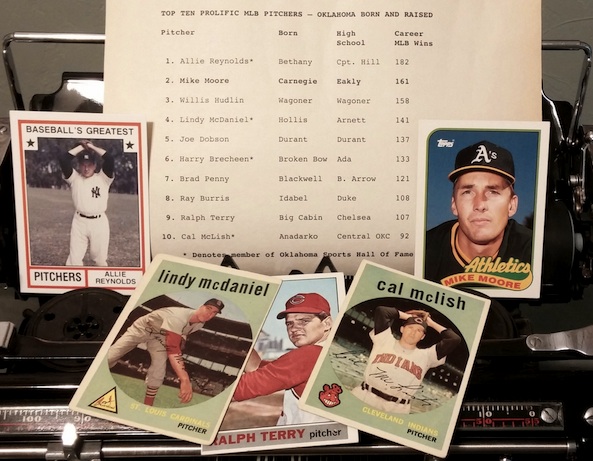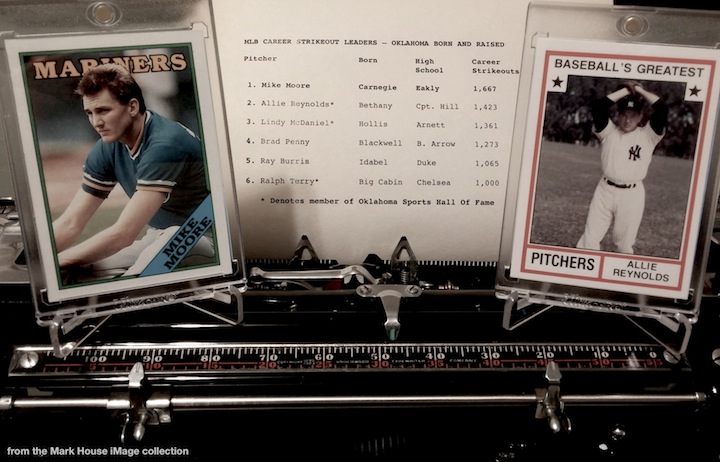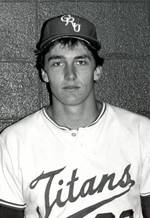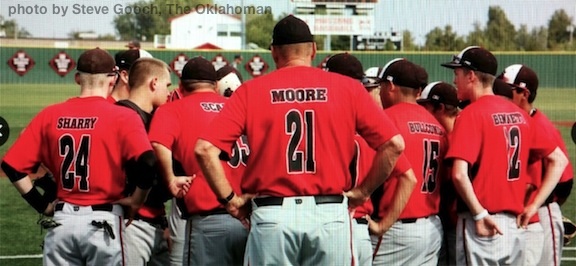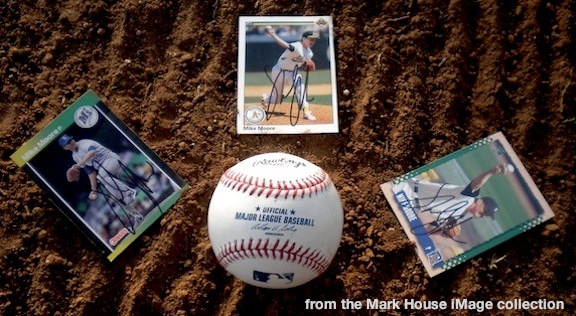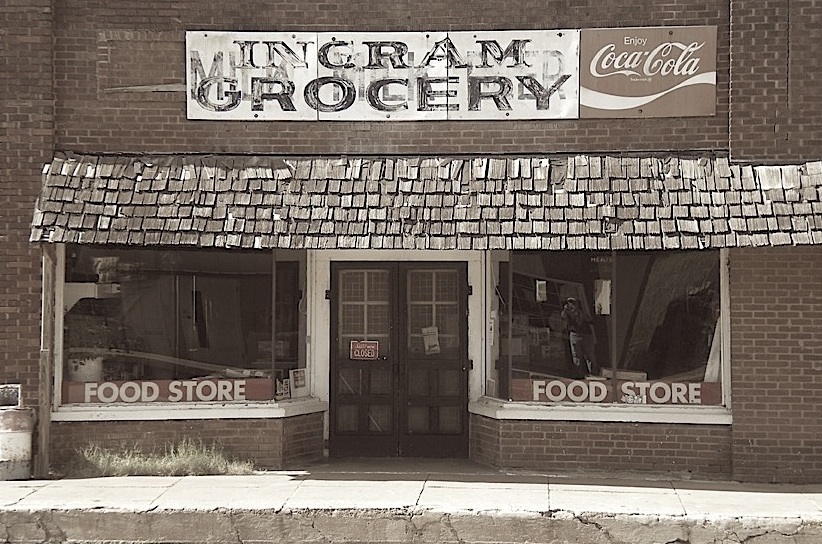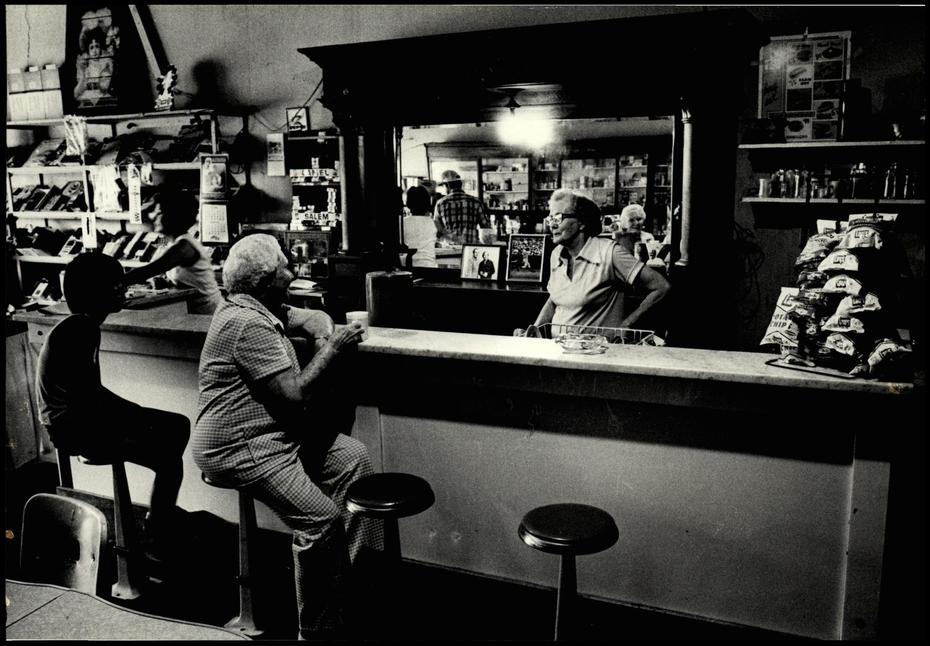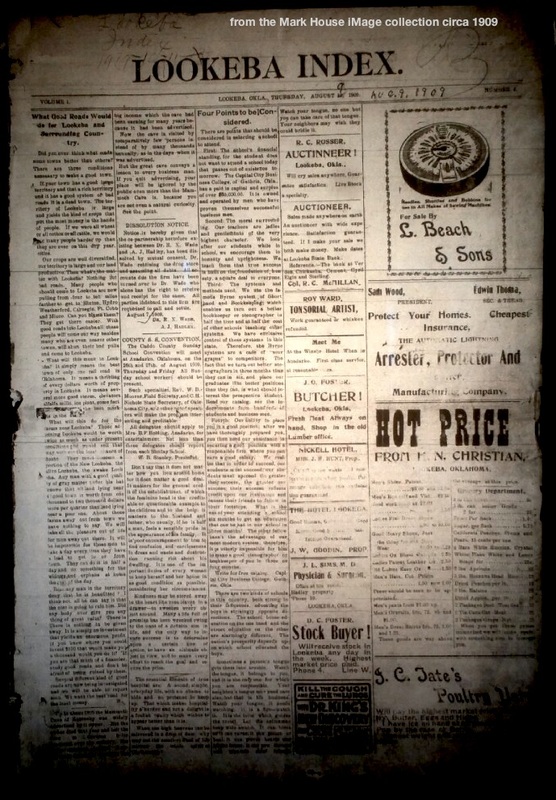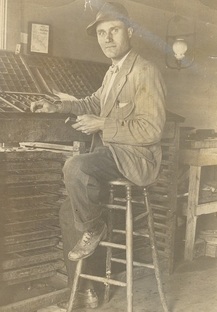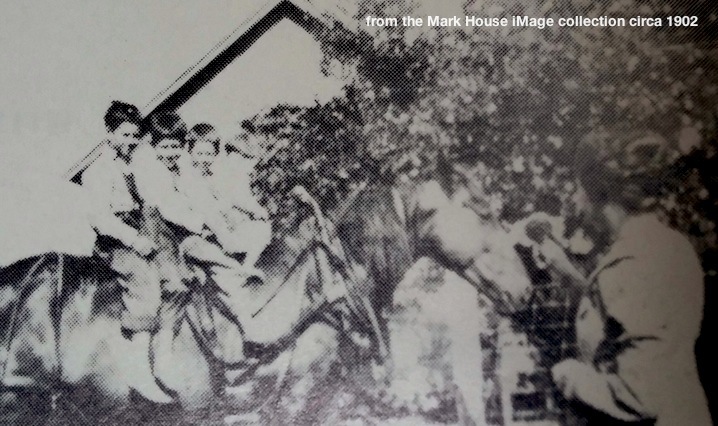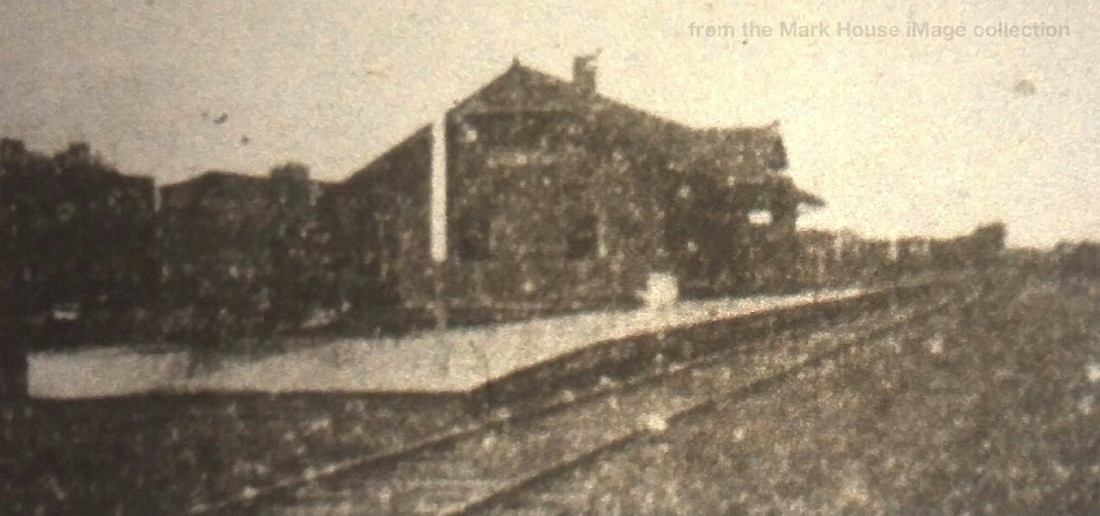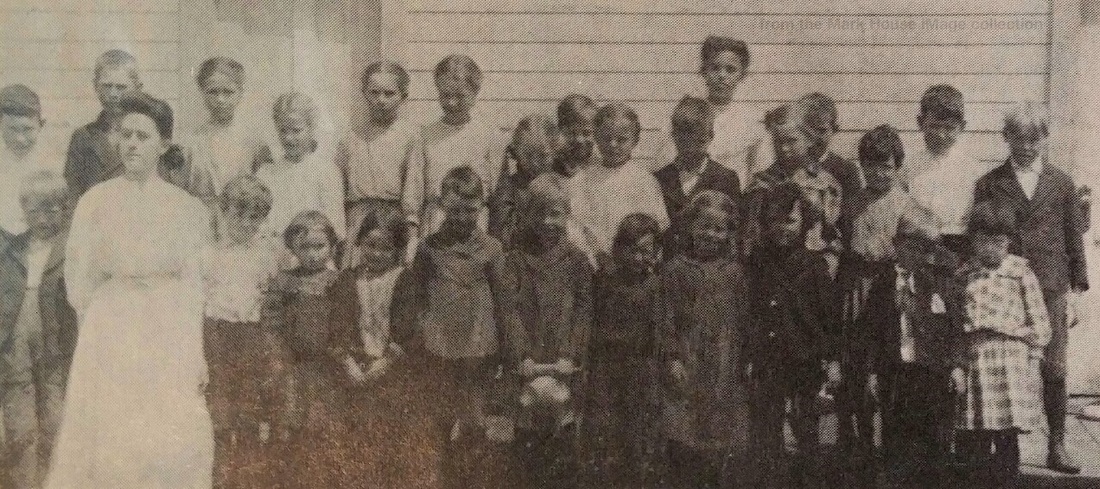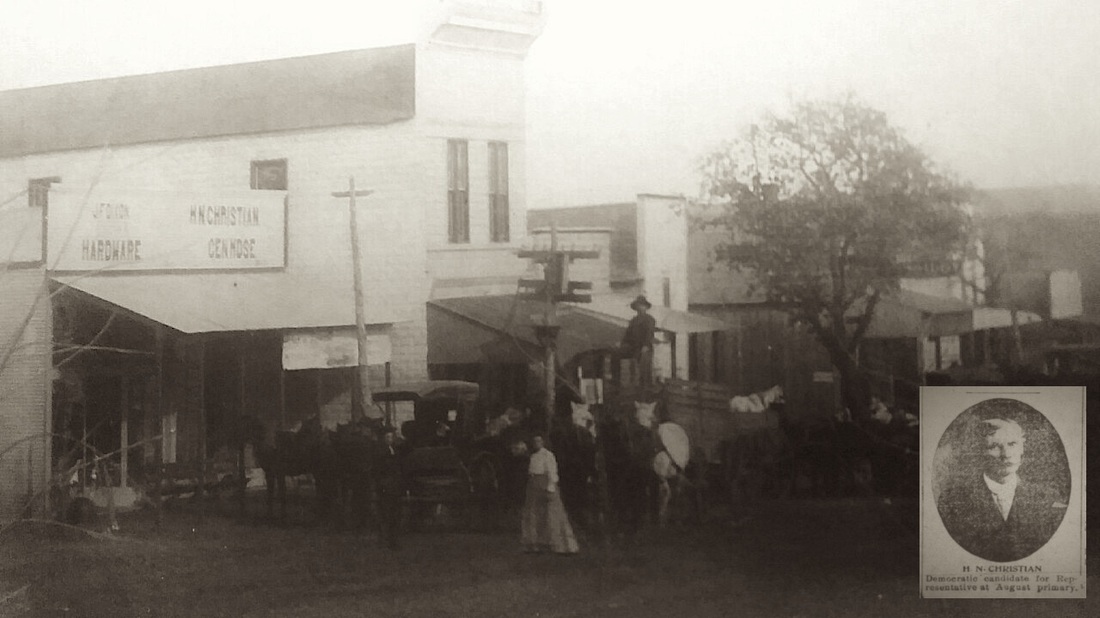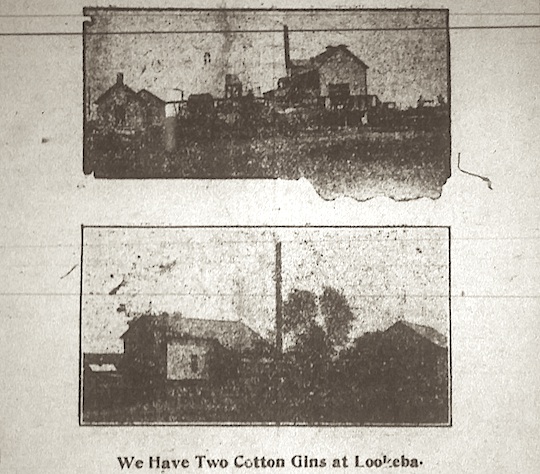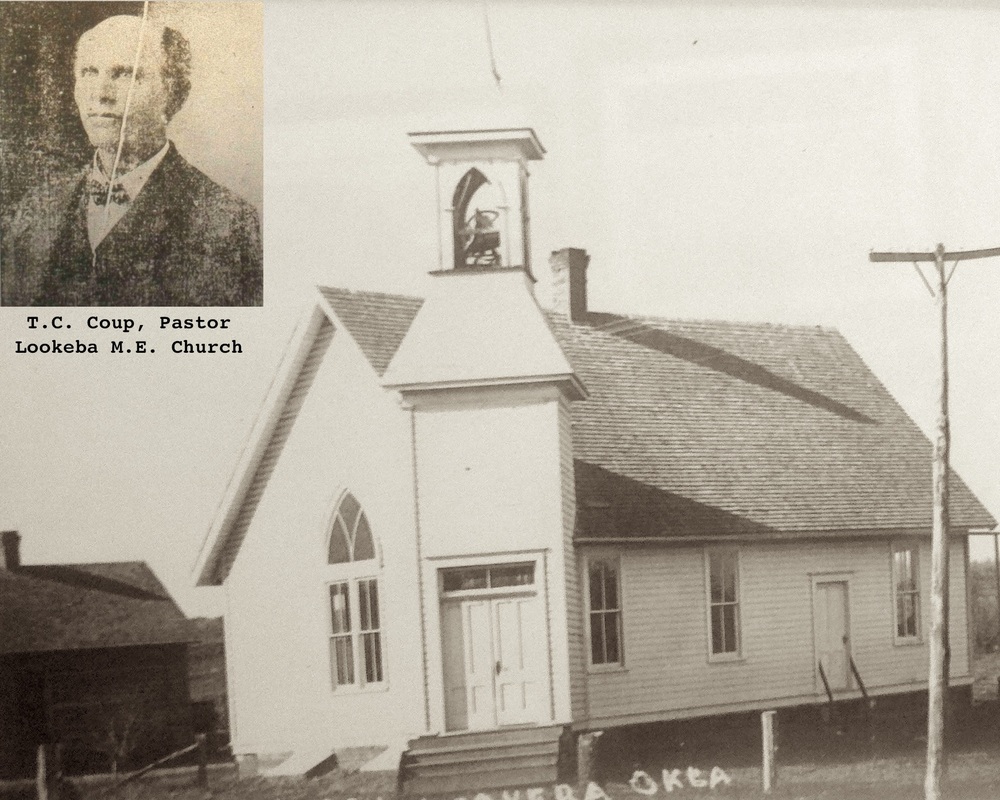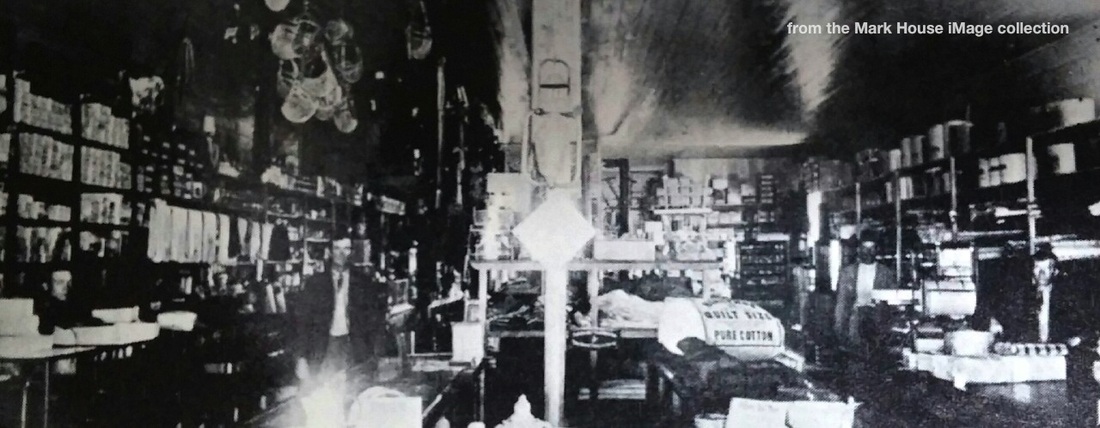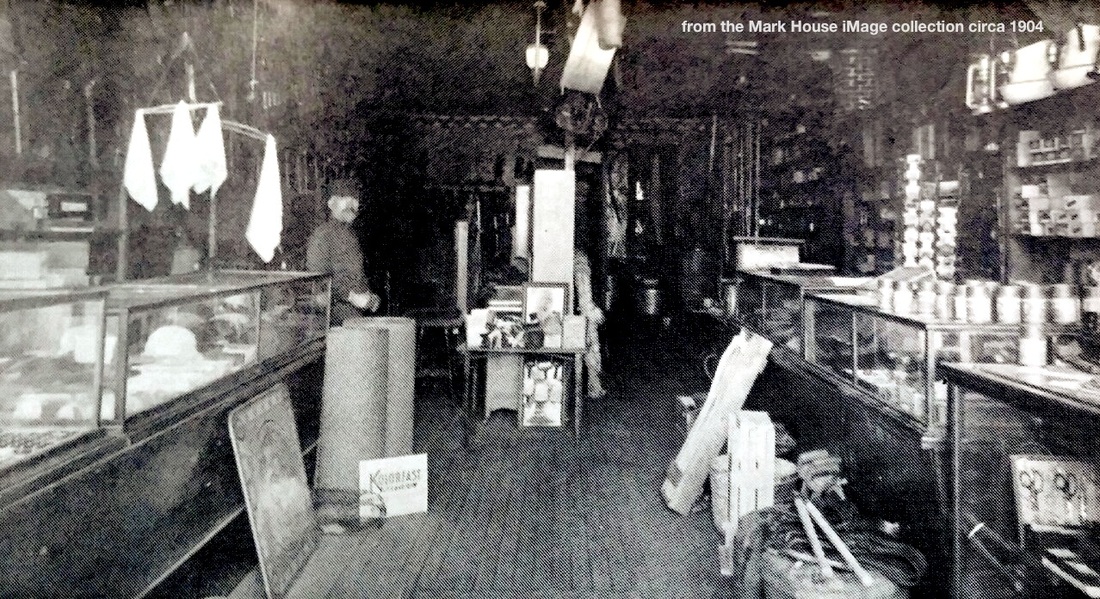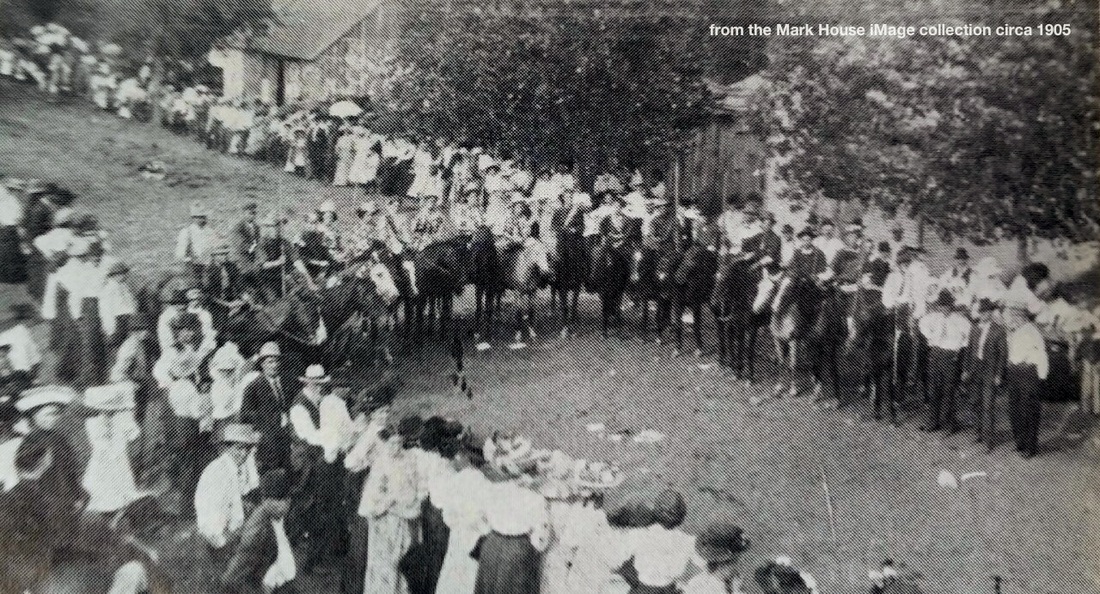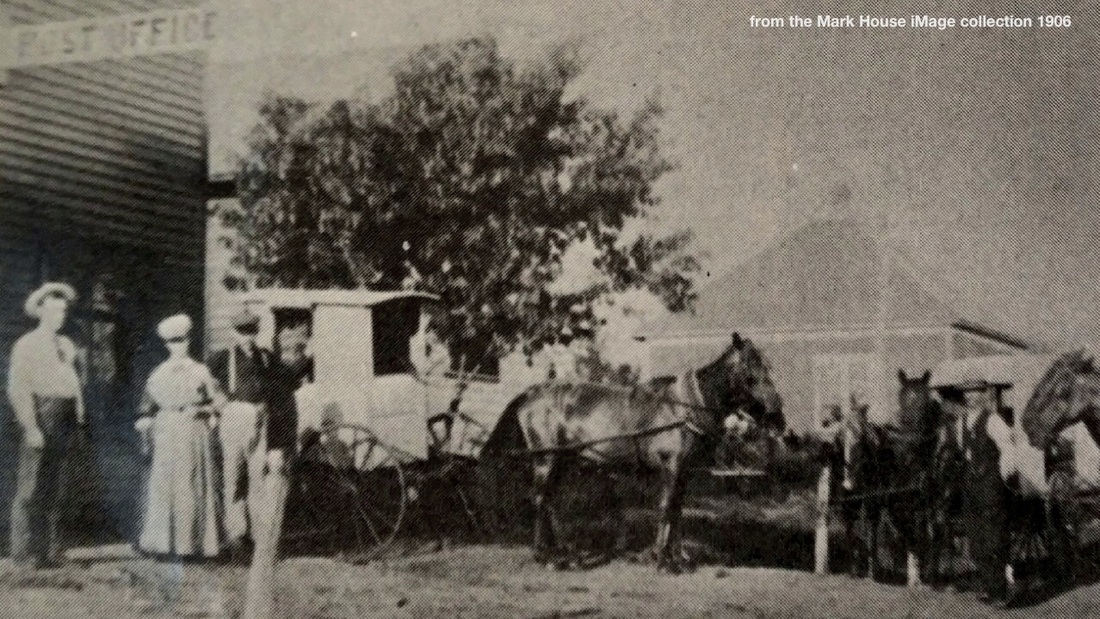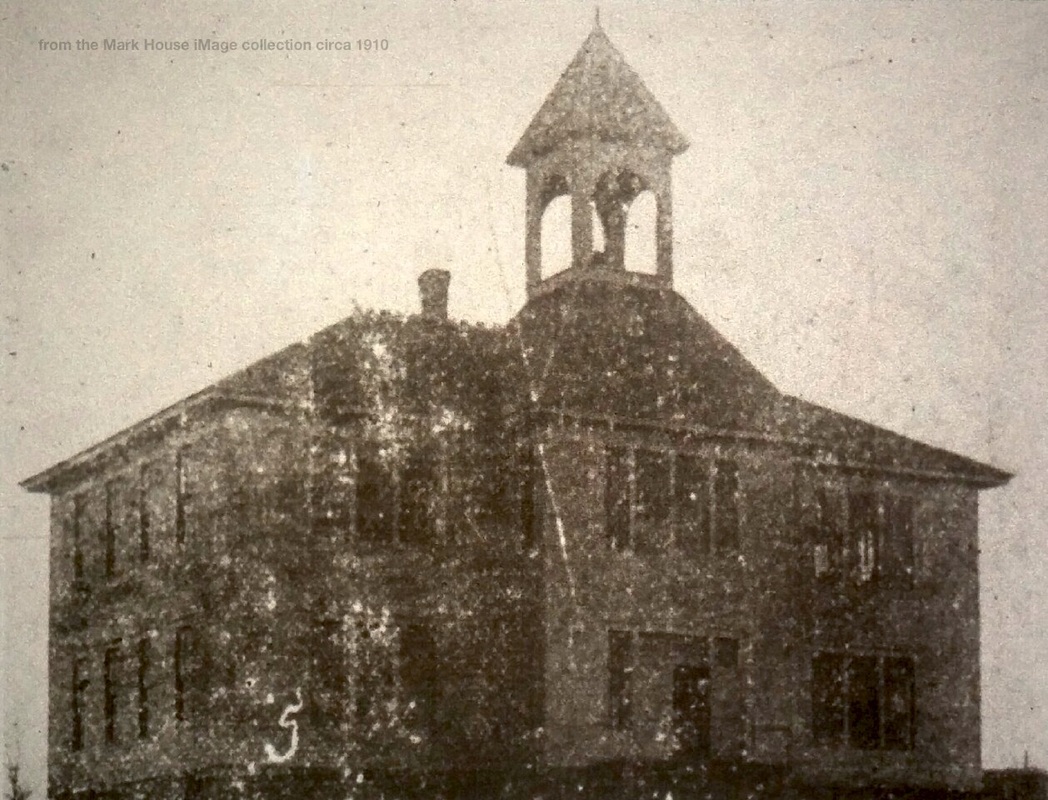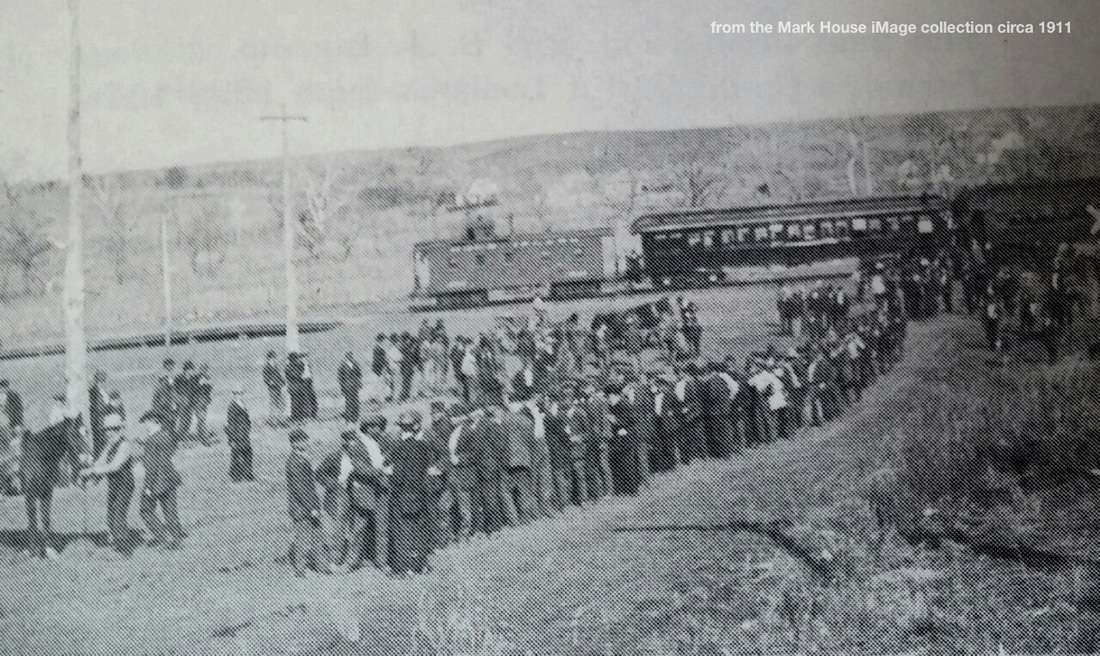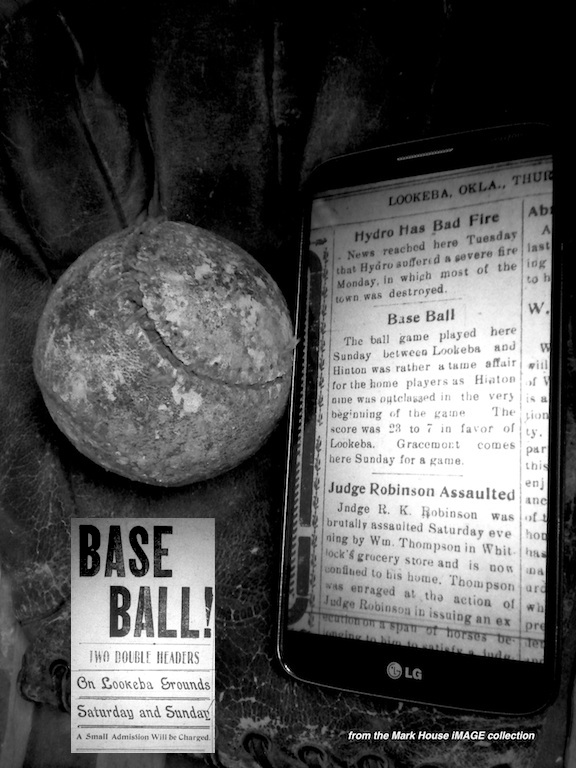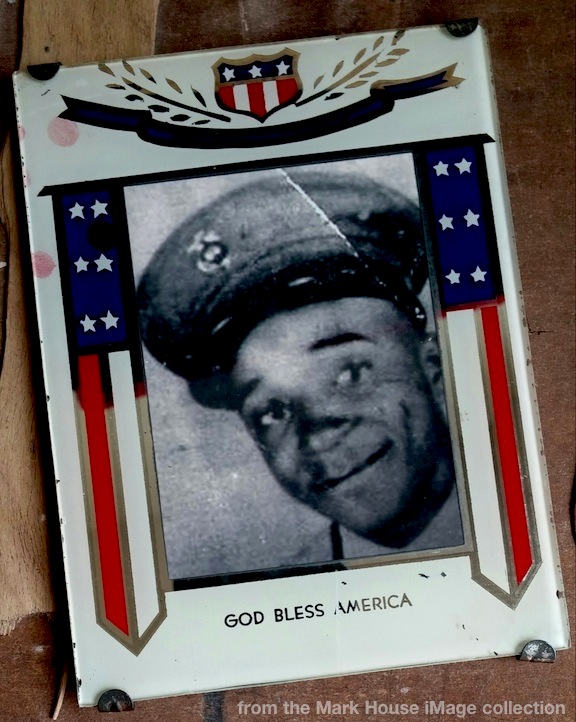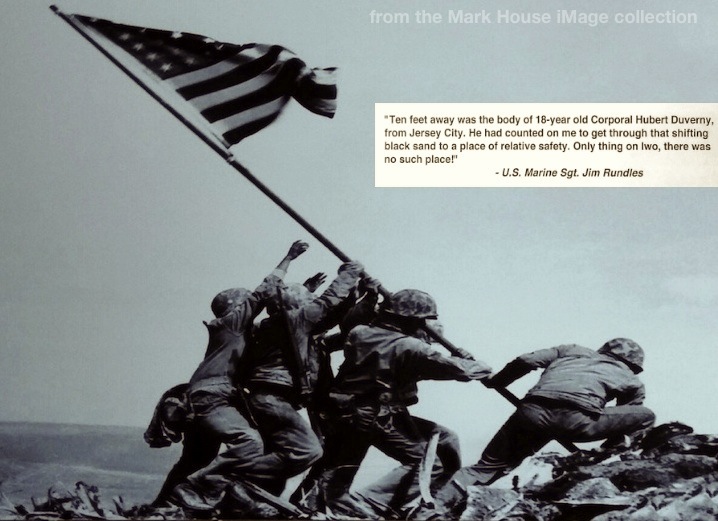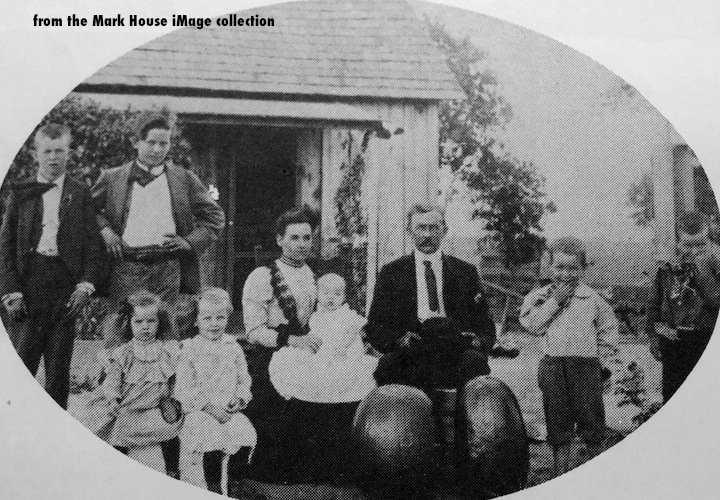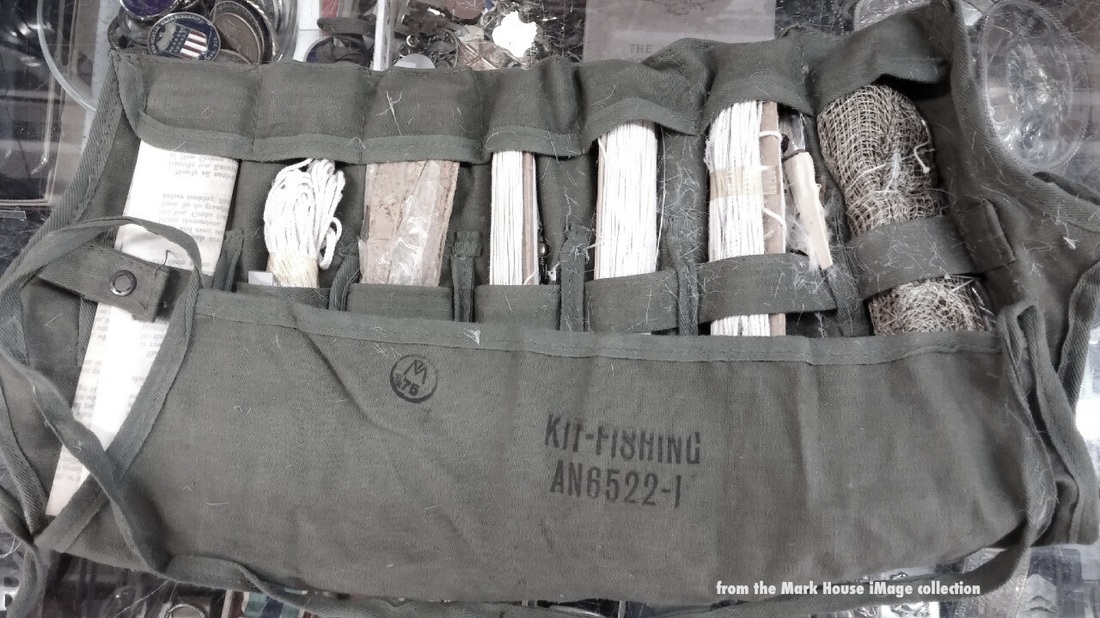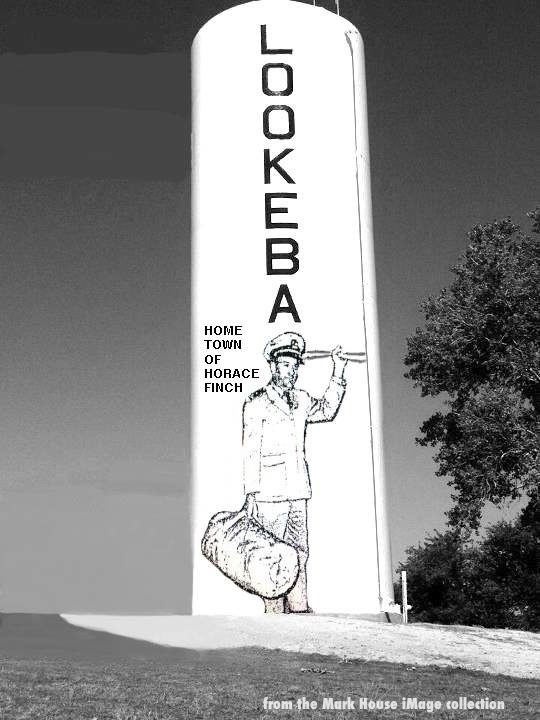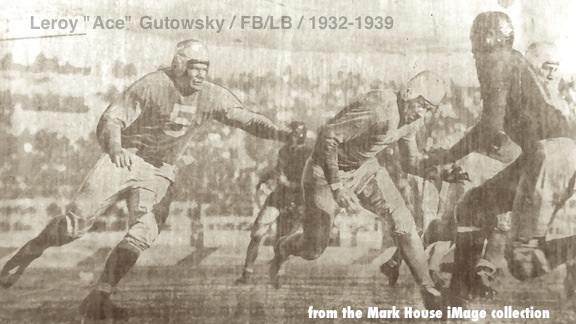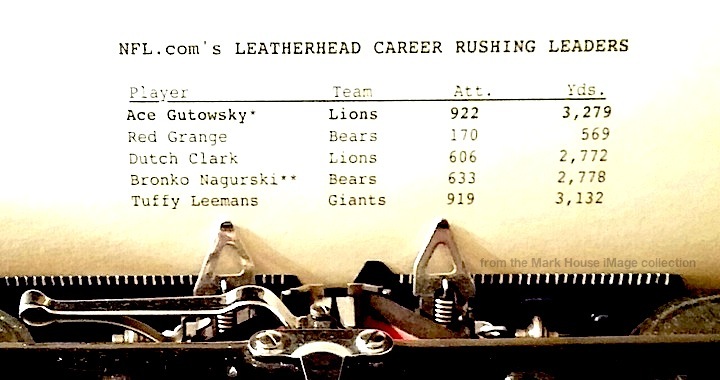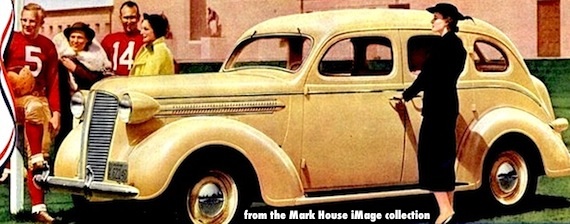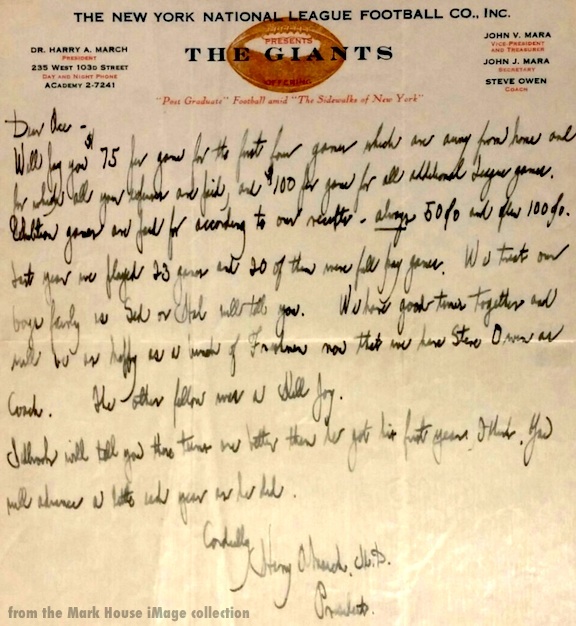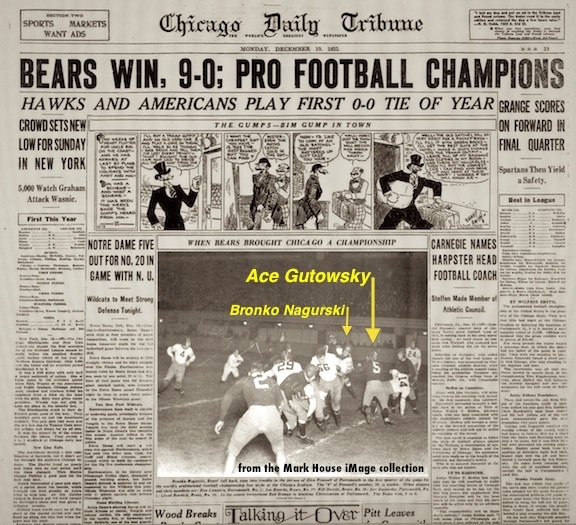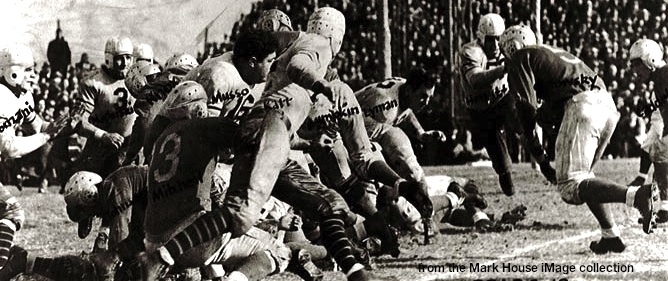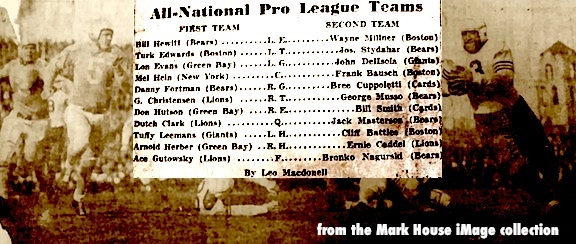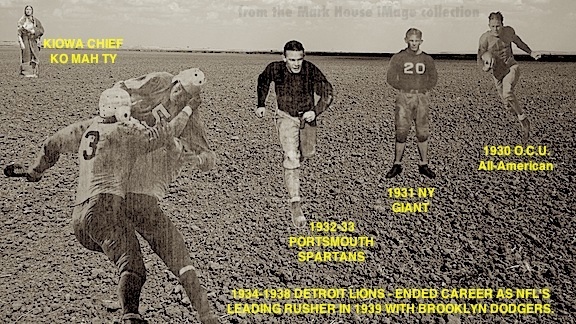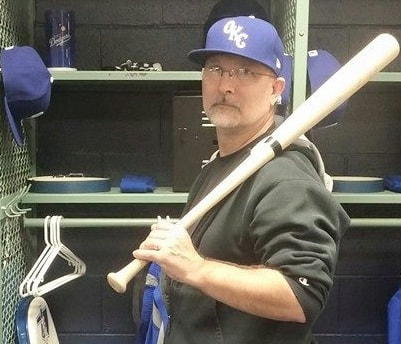copyWrite By Mark House
Seems the whole community of Binger, Oklahoma, was stirring with excitement as news spread about native son and MLB Hall Of Famer Johnny Bench's return to his hometown. It was heartwarming to hear that he was coming back (Sunday, May 17, 2015) to help raise funds for this small town baseball program he once played for. News also quickly spread of Binger-Oney high school's intention to honor him by retiring his now world famous #5 jersey. Over the years there's been plenty of ball players with a desire to wear 5. But, historically, no one has even come close to filling out that particular jersey numeral like Johnny Bench has.
Although many younger generation ball players and fans anticipated the arrival of Johnny Bench in Binger, it wasn't the first time he's returned to a grand heroic welcome. A vintage forty-five years ago in 1970 Bench found his way back to Binger to celebrate Johnny Bench Appreciation Day. What a day it was for young ball players and fans of this early 70's Show to experience. A magnificent day full of parade, handshakes, hugs, autographs, photographs and memories. A great day that can be passionately recalled upon with the same enthusiasm for what took place in 2015.
Seems the whole community of Binger, Oklahoma, was stirring with excitement as news spread about native son and MLB Hall Of Famer Johnny Bench's return to his hometown. It was heartwarming to hear that he was coming back (Sunday, May 17, 2015) to help raise funds for this small town baseball program he once played for. News also quickly spread of Binger-Oney high school's intention to honor him by retiring his now world famous #5 jersey. Over the years there's been plenty of ball players with a desire to wear 5. But, historically, no one has even come close to filling out that particular jersey numeral like Johnny Bench has.
Although many younger generation ball players and fans anticipated the arrival of Johnny Bench in Binger, it wasn't the first time he's returned to a grand heroic welcome. A vintage forty-five years ago in 1970 Bench found his way back to Binger to celebrate Johnny Bench Appreciation Day. What a day it was for young ball players and fans of this early 70's Show to experience. A magnificent day full of parade, handshakes, hugs, autographs, photographs and memories. A great day that can be passionately recalled upon with the same enthusiasm for what took place in 2015.
Cincinnati Reds superstar #5 greeted fans of all ages during Johnny Bench Appreciation Day in his hometown of Binger on Dec. 12, 1970.
As a pee-wee little leaguer from neighboring Lookeba Sickles, the 1970 version of Johnny Bench Day materialized into a huge event within my young mind. When would another chance to see a real life major league baseball player ever come around to our little town? Most likely never. So, it didn't take long to start looking around for something to get signed by this major league ball player. Without completely understanding the baseball greatness to be met that day, I shuffled around in our makeshift army style team equipment bag and found the best ball I could dig up. Don't tell coach but it was our best game ball. Just seemed the occasion called for the highest quality of stitched leather and lace I could find.
As a pee-wee little leaguer from neighboring Lookeba Sickles, the 1970 version of Johnny Bench Day materialized into a huge event within my young mind. When would another chance to see a real life major league baseball player ever come around to our little town? Most likely never. So, it didn't take long to start looking around for something to get signed by this major league ball player. Without completely understanding the baseball greatness to be met that day, I shuffled around in our makeshift army style team equipment bag and found the best ball I could dig up. Don't tell coach but it was our best game ball. Just seemed the occasion called for the highest quality of stitched leather and lace I could find.
The signature Johnny Bench ball personally signed in 1970. Bench signed it again (at right) forty years later at a 2010 fundraiser in Binger. The small Oklahoma town of Binger was in fine parade day form back in December of 1970. Johnny Bench's hometown and the surrounding communities welcomed their major league baseball hero with flair. Just hit play f0r an enjoyable trip to downtown America where baseball's memory lane overflowed with pleasurable delight.
There was definitely excitement in the air as the short five mile drive south was made to Binger. It was not everyday or decade that we got to see a parade. So, you can imagine how high the adrenalin level of an eight year old might be flowing. Wow, main street was full of cars and people with some being real important at the time. Gee Wally, the parade was swell and the chance to meet Johnny Bench and get his autograph was even sweller.
There was definitely excitement in the air as the short five mile drive south was made to Binger. It was not everyday or decade that we got to see a parade. So, you can imagine how high the adrenalin level of an eight year old might be flowing. Wow, main street was full of cars and people with some being real important at the time. Gee Wally, the parade was swell and the chance to meet Johnny Bench and get his autograph was even sweller.
The only Bench Day memories I've been able to truly hang on to over the years is of that of the parade and Johnny Bench actually signing my ball. To an eight year old, I guess nothing else really mattered at the time. With matured enthusiasm, I have discovered interest in more details of that particular day. With the help of some old Anadarko Daily Newspaper clippings my grandmother saved, we can all enjoy a brief recall of this glorious and vintage Johnny Bench Day hosted by his hometown of Binger.
Now Mr. Bench on the other hand seems to recall a lot about this day of parade in his hometown of Binger. During his recent 2015 jersey retirement ceremony, Bench humorously shared some recollections of this grand day.
Now Mr. Bench on the other hand seems to recall a lot about this day of parade in his hometown of Binger. During his recent 2015 jersey retirement ceremony, Bench humorously shared some recollections of this grand day.
Hall Of Fame catcher Johnny Bench shares his personal thoughts about his celebratory 1970 Johnny Bench Day Parade held in Binger.
It was very interesting for me to learn about who was actually there. Not just me and hundreds of other rambunctious kids, but the dignitaries and celebrities of the day. Of course, most important was Johnny Bench. From there, the list becomes somewhat fascinating. It included Bob Howson, V.P. and G.M of the Cincinnati Reds; Frank Boggs, Sports Editor of The Daily Oklahoman; Warren Spahn, Mgr. of the Tulsa Oilers; Cal McClish, Pitching Coach of the Montreal Expos; David Hall, Governor-Elect of Oklahoma; Tom Steed, 4th District Congressman; Jim Kardokus, State Representative; and Bill Conners, Sports Writer for the Tulsa World.
It was very interesting for me to learn about who was actually there. Not just me and hundreds of other rambunctious kids, but the dignitaries and celebrities of the day. Of course, most important was Johnny Bench. From there, the list becomes somewhat fascinating. It included Bob Howson, V.P. and G.M of the Cincinnati Reds; Frank Boggs, Sports Editor of The Daily Oklahoman; Warren Spahn, Mgr. of the Tulsa Oilers; Cal McClish, Pitching Coach of the Montreal Expos; David Hall, Governor-Elect of Oklahoma; Tom Steed, 4th District Congressman; Jim Kardokus, State Representative; and Bill Conners, Sports Writer for the Tulsa World.
Nothing better than seeing a parade with Johnny Bench and his dad Ted Bench riding in the back of a cool convertible. Ted Bench was noted as being somewhat overcome with emotion while describing his feelings upon looking down Binger's main street that day.
Despite many dignified elders in attendance, this day really seemed to belong to the kids. A parade, a baseball clinic and autograph signings highlighted this time where major league dreams began for many young ball players. It was a perfect day of community celebration where a signature on a baseball could be taken home and placed on a dresser as a keepsake for a lifetime. For all involved, a day of true appreciation it was.
Despite many dignified elders in attendance, this day really seemed to belong to the kids. A parade, a baseball clinic and autograph signings highlighted this time where major league dreams began for many young ball players. It was a perfect day of community celebration where a signature on a baseball could be taken home and placed on a dresser as a keepsake for a lifetime. For all involved, a day of true appreciation it was.
Hundreds of little league players showed up wearing their uniforms with hopes of seeing Johnny Bench and getting his autograph. Binger ball players photographed by the Anadarko Daily News included (left to right) Randy Elrod, Devin Farrow, Randy Wylie and Oscar Gonzalez.

